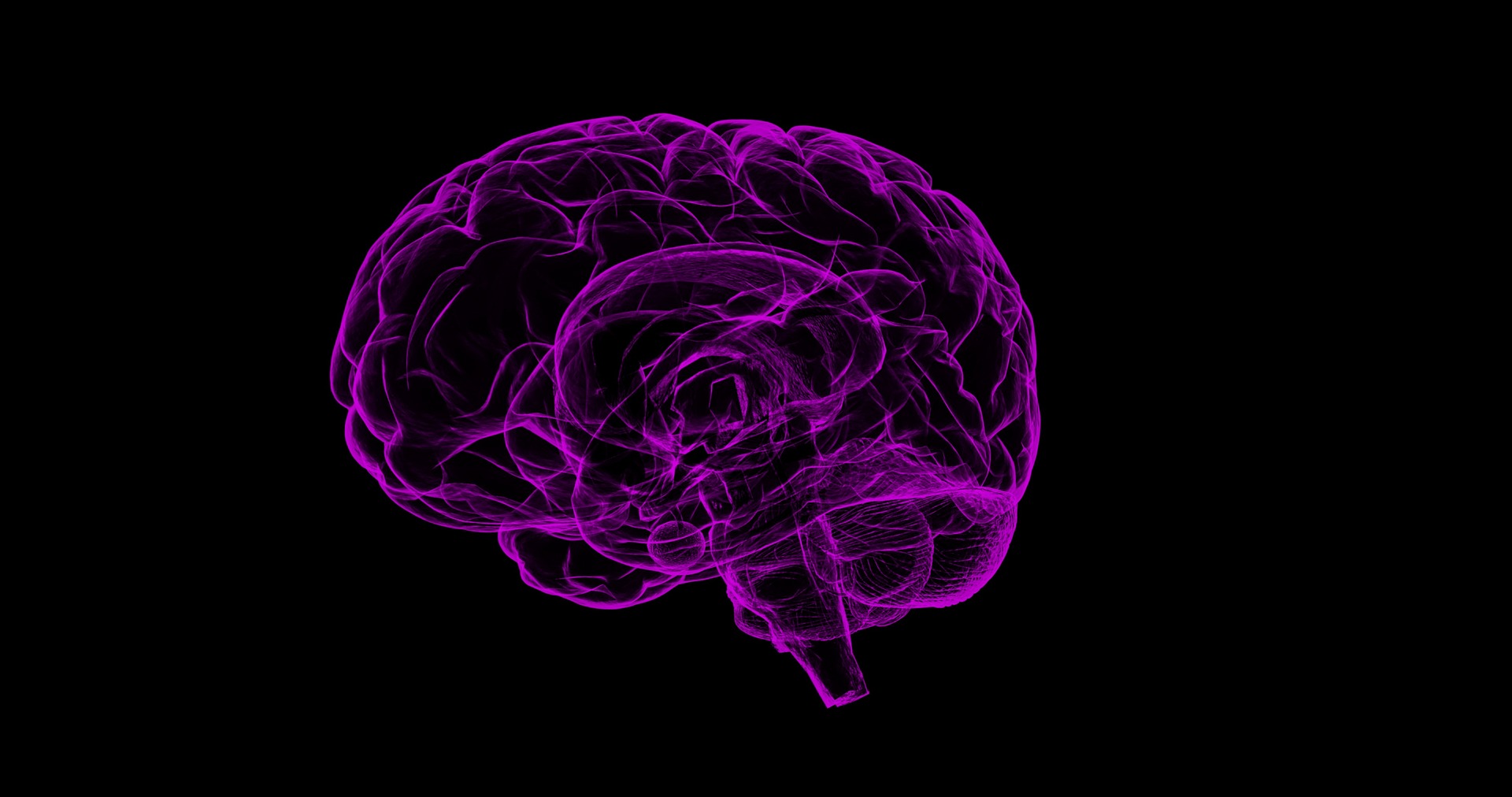
Tools for the statistical analysis of PET studies in refractory epilepsy (tSAPRE)
Advantages
Robust objective complementary tool to visual assessment for EZ localization, its use does not require qualified technical personnel and it can be compiled in any operating environment. This new toolbox obtains previously validated results in a clinical setting, improves the detection of the epileptogenic zone in front of programs with fixed parameters, and allows the incorporation of own databases of individuals.
Goal
The group is looking for a license and/or co-development.
Reference:
UBTT0353-E
Contact
Isabel Durán, PhD
Email: iduran@fbg.ub.edu
Tel: +34 934 037 281
Tools for the statistical analysis of PET studies in refractory epilepsy (tSAPRE)
Scope of the problem
The success of surgical treatment of drug-resistant epilepsy is determined by the accuracy of presurgical identification of the epileptogenic zone (EZ) defined as “the minimum amount of cortex that must be resected to produce seizure freedom.
Positron emission tomography (PET) is part of the regular preoperative work-up in medically refractory epilepsy. As a complement to visual evaluation of PET, statistical parametric maps can help in the detection of the EZ. However, software packages currently available are time-consuming and little intuitive for physicians.
The tSAPRE toolkit is useful for locating the EZ in patients with complex partial seizures resistant to pharmacological treatment in which surgery should be considered as a possible treatment. The inclusion of the tools developed in a graphic environment allows the generation of applications to help locating the EZ by performing a voxel-to-voxel statistical analysis in PET images as a complementary tool.
In centers in which the SISCOM technique can not be performed (Subtraction of Ictal SPECT Co-registered to MRI), the analysis of PET studies is the neurofunctional test of first choice.
Our innovation
• The tSAPRE tools allow the localization of the EZ through a three-stage pipeline: 1) Spatial normalization of the PET study to the standard space, 2) Statistical analysis between the PET image of the patient and the database formed by images of control subjects previous smoothing and intensity normalization of the images and, 3) Fusion of the result of the statistical analysis on the PET image, or preferably on the MR image if it is available.
• The location of the EZ is based on the information that comes from a map of statistical significance that shows the metabolic differences between the PET study and a database formed by images of control subjects. The significance map allows the detection of EZ, identifying those regions that show a statistically significant decrease in metabolism.
• The programming language used for the development of the application is C ++.
• Currently the routines are available to be compiled in Windows and Linux environment.
Market size/ opportunity
Around 50 million people have epilepsy worldwide, and close to 80% of them live in low- and middle-income countries (WHO, 2019). Approximately a third of people with epilepsy remain resistant to pharmacotherapy, often requiring treatment with a combination of antiepileptic drugs (M. Panebianco et al., 2018).
In 2022, the global health care equipment & supplies market is forecast to have a value of €435.7 billion (18.6% for Other equipment segment). Geographical segmentation: USA 38.3%, Europe 31.7%, Asia-Pacific 24.2%, Middle East 0.8%, Rest of the World 5.1% (Marketline 2017).
Intellectual Property
Intellectual Property was recorded by notary in Madrid, Santiago Cháfer Rudilla, No. 1.221 (03/07/2019).

